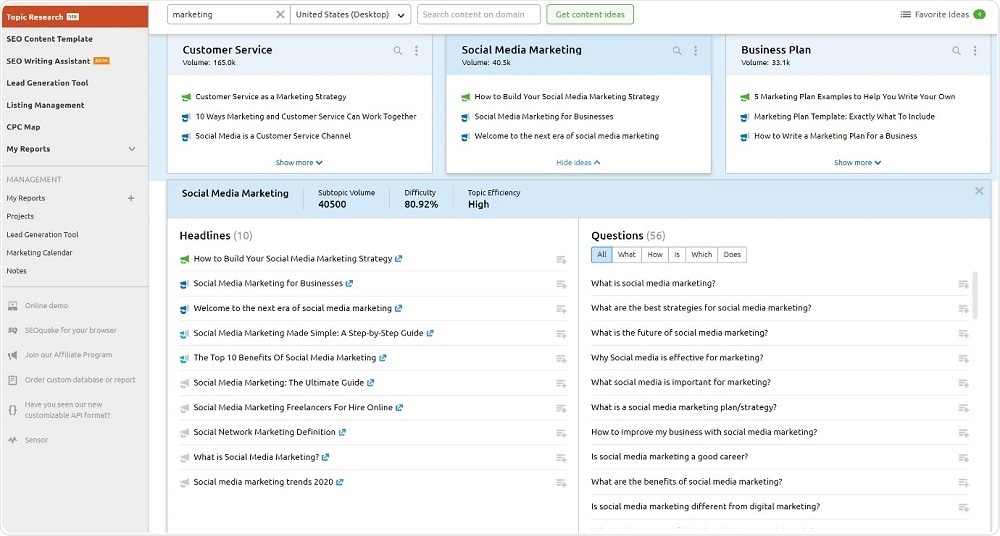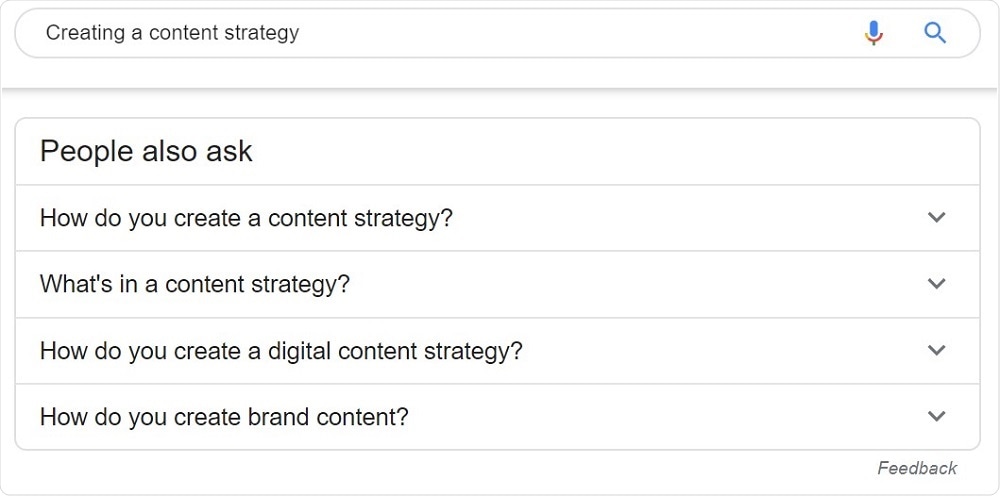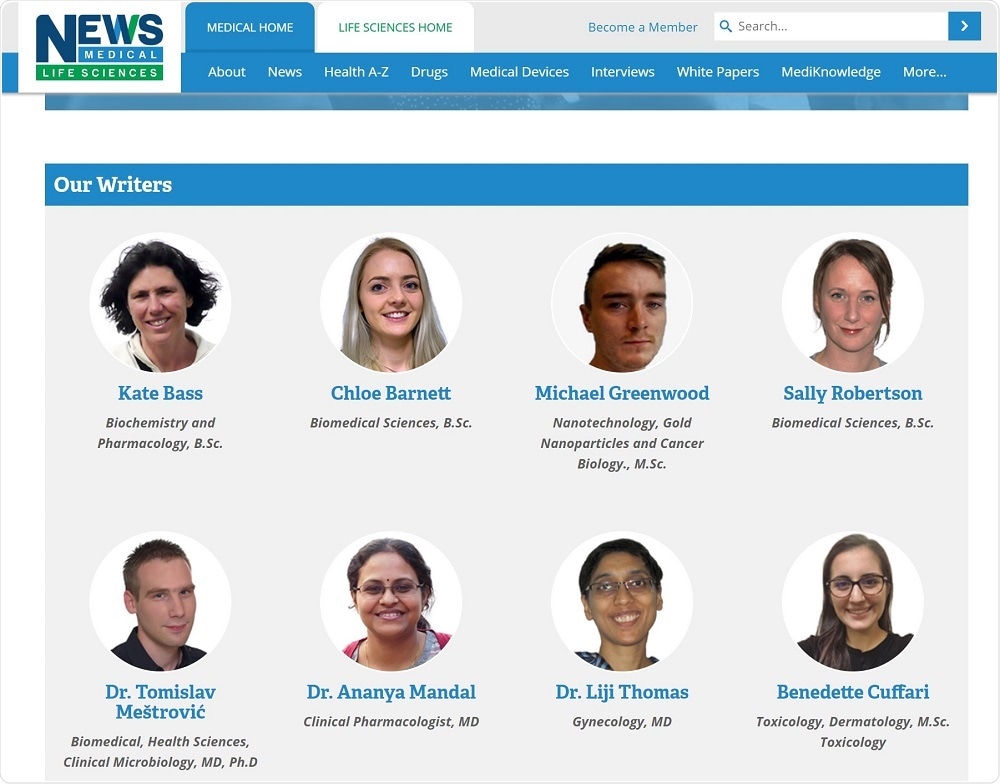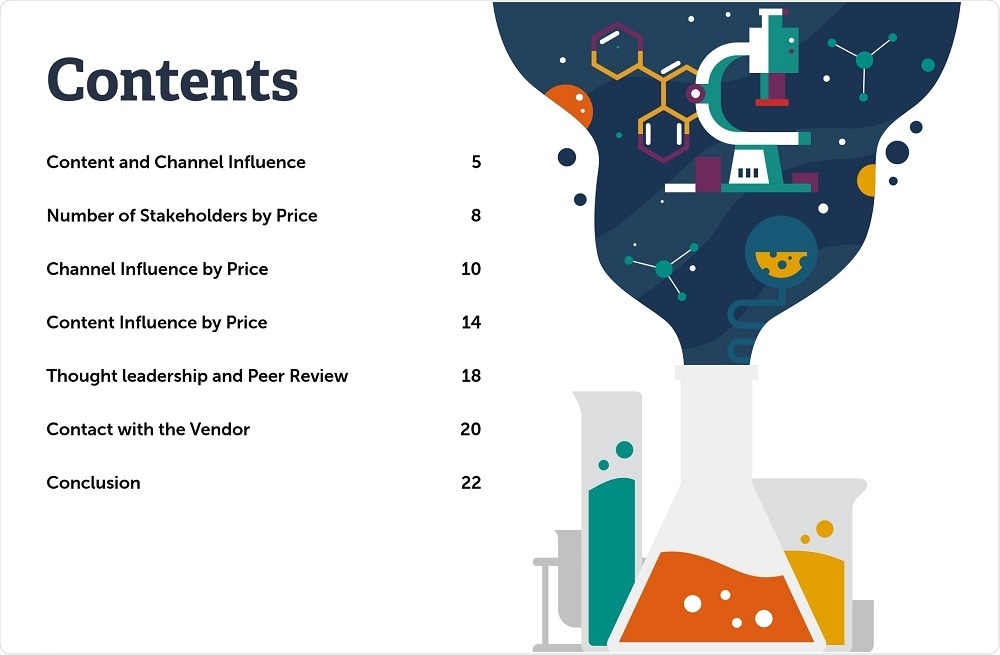
Image Credit: Rawpixel.com/Shutterstock.com
In a recent survey, AZoNetwork found that over 60% of scientific marketers struggled to find time to create scientific marketing content. While there is no silver bullet that will solve all your time resource problems, we would like to offer some tips for speeding up the content creation process without compromising on quality.
The modern marketing team’s role has changed dramatically in recent years. Today, they are expected to be strategists, data analysts, content creators, social media experts, graphic designers, developers, CRM specialists, SEO experts, to name a few. No wonder most SMEs struggle to find time for content creation.
The catch 22 therein is that content marketing is, and always has been, the bedrock of any holistic marketing strategy. If you don’t have content, you can’t generate inbound leads, you don’t have material for social media, you aren’t answering your target audience’s questions, and subsequently you will lose ground in Google.
So, how can the modern marketing team find time to create great scientific marketing content?
1. A Customer-Centric Approach
This is the big one, and it requires a bit of set up, but the long-term time saving benefits will help you achieve your content goals. Firstly, maintaining a customer-centric approach requires a change of mindset for you and your colleagues.
Ask yourself, what questions are our customers asking day in day out?
Then ask yourself, do we have content to answer each question?
Any salesperson worth their salt will have a range of questions they are asked by prospects daily. These valuable internal resources can form the foundation of your new content strategy, saving you time to focus on creating the content rather than thinking of ideas. People just want answers to their questions.
If you don’t sell direct, then customer support teams are also a good place to start. Answering questions is a big part of the job, so why not use them as titles for your content?
AZo Top Tip
Set up a brainstorming session with your core sales team. Spend an hour writing down all the questions they get asked day-to-day. Next, group each of the questions and use tools such as SEM Rush, Google Analytics, or Google Search to refine your questions using the suggestions provided. The outcome will be a refined list of questions or titles you can answer with your content.
See Tip 2 for Tools explainer.
2. Make the Tools do the Work
We have seen, used, and reviewed many marketing tools that are geared towards making your job easier as a marketeer. Some are outstanding while others are useful but hardly essential. However, with over 6000 marketing tools available for your marketing stack, how do you know what to use and how it will improve your content marketing time issues?
Here are a few that we recommend that do not require a steep learning curve to leverage their value.
Google Analytics
It has been around for nearly 15 years and has probably been the most consistent tool used by all marketing teams across the world. We have never heard anyone say, “Google Analytics, what is that?”. However, they do say, “How do you do X or Y or Z?”
In terms of helping you generate content ideas, navigate to Acquisition <All Traffic<Channels<Organic.
You will end up on your website’s version of what you see in image 1 below.

Image 1: Google Analytics – Acquisition view
From here you can view all the keywords/phrases used by visitors to find your pages. This is a great free source of additional topic ideas.
SEM Rush
SEMRush is an SEO tool that helps you perform keyword research and build out a keyword strategy as part of your content plan.
It is an incredibly powerful tool, and there is one feature that is very useful for generating content ideas. The Topic Research function provides content suggestions based on information that is already available online, and that is semantically related to your chosen keyword or phrase. It essentially gives you an insight into the types of content that works for your keyword strategy.

Image 2: SEMRush topic research tool.
If you are struggling for content ideas or need to understand the best keyword structure to use, we recommend using SEMRush.
Google Search
Often overlooked, but an incredibly powerful source of helpful insights for content production, Google itself. Going back to the search and typing in your query will bring back a series of questions other people have been asking surrounding the topic.

Image 3: Google Search - People also asked.
This is a great way of generating title ideas and a perfect solution if you don’t carry lots of Google Analytics data.
3. Freelancers
We live in a gig economy and according to Forbes, more than one in three workers are freelancers. It makes sense to utilize that freelance community.
Websites such as Freelancer.com and Zerys.com offer access to a wide variety of content writers, giving you the flexibility to pick and develop a list of writers you trust. However, these platforms might not be for you as they often require a significant time investment to find and develop the writers you like. A non-science writer may require coaching to become fully competent in writing technical scientific marketing content for an online audience.
Over ten years we have developed a network of over 70 scientific freelancer writers from all walks of science. All of our freelancers are fully qualified scientists, and their work has been subjected to various quality metrics and peer reviews. This ensures we can successfully match the work with the writer to get the best result and maintain a high standard of quality.
 I
I
mage 4: News-Medical freelancers
Most of our writers have been working with us for years, so they have a solid understanding of what is required to write for many scientific disciplines online.
4. Interviews & Templates
It can often be a challenge to get content written by experts who work within your business. Their time is limited – just like yours – and priorities may not align, creating a content bottleneck.
Interviews offer a great alternative format. Not only will this reduce the load on your experts, it will also increase trust with your audience and attract new customers. Around 5-10 questions will normally be enough, depending on the focus of the interview.

Image 5: Interview example on News-Medical.net
Who answers the questions?
Interviews offer a quick and effective way of gathering content from the experts in your business. It puts less pressure on the individual and gives you, as the marketeer, more control over the outcome.
It might take a product or application expert over an hour to write an article, while simply sitting them down and recording a quick Q&A could take as little as ten minutes. This can save you both a lot of time and effort in the long run.
If interviews don’t work for your audience, then use the transcribed answers as the bones of your article. All you need to do is add the overarching narrative to create a great piece of content.
5. Big Rock Content
Big rock content is one piece of content covering a subject in a comprehensive fashion. When time is limited big rock content, such as an eBook can sustain a regular flow of online content for months.
This can be done by breaking out each section into smaller subject matter and even micro-content that can be used later as standalone blog articles, featured snippets, social posts news, case studies, etc.

Image 6: eBook contents page
The example in image 6 is the contents page from a recent eBook we created.
We have used the content created for a number of these sections to support the creation of a variety of blog content we have on our blog page. Not only that, we have used quotes and data from the eBook for social media posts and marketing roadshow presentations. This one eBook has contributed a significant amount of content to other areas of our content marketing.
Conclusion
Content marketing has evolved, and marketeers working within scientific fields must adapt to accommodate the changes that affect and ultimately determine the success of strategic campaigns. Finding the time to create effective and tailored scientific marketing content is central to this evolution. Utilize free tools like Google Analytics and Google search to generate ideas quickly. Extend your resources by tapping into rich freelancer networks online. Consider streamlining your internal content creation process by using different content forms, such as interviews. Each of these tips can help you significantly reduce the time it takes to obtain key information and transform that into relevant, timely content.
We would love to hear how you find the time to develop content strategies and deliver scientific marketing content to your customers. Or, if you are struggling to keep up the pace, simply contact a member of the AZoNetwork team today to get a few more insights from the industry.